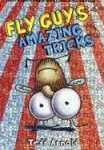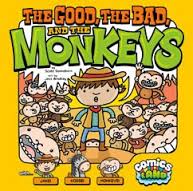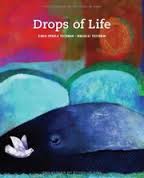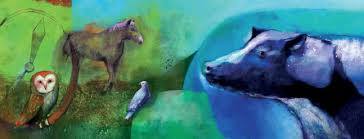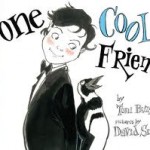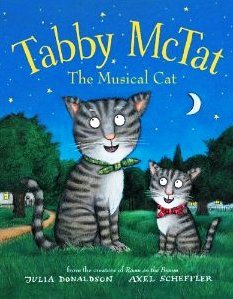 The debut novel by Christopher Pennell, The Mysterious Woods of Whistle Root, is a perfect read-aloud or a read alone for the intended audience. It is a tale of magic and friendship that captivates from the very first sentence:
The debut novel by Christopher Pennell, The Mysterious Woods of Whistle Root, is a perfect read-aloud or a read alone for the intended audience. It is a tale of magic and friendship that captivates from the very first sentence:
“In a small town called Whistle Root, rats play music in the moonlight.” From that beginning, nothing that comes later can be too strange to be believed and really makes for a fun, refreshing fantasy.
The rats play music from the rooftops so the owls can dance. There are vegetables appearing on rooftops, of which one character comments: “ I notice that you have a squash on your roof, dear. How lovely. I only have broccoli”. Rats talk and fly on breezes, mysterious messages appear inside a hat that is in a wooden crib in the middle of the woods, strange whispers can place people in a deep sleep and an unique beast appears who likes to adorn himself with owl feathers. It may have been difficult to pull off the sorts of unusual happenings found in this book, but Pennell does it with entertaining ease. He presents the activities and events so casually and deftly that it becomes very easy for the reader to accept them as a natural part of this odd, wonderful world.
The main character is Carly Bean Bitters, a young girl who can only sleep during the day and no one knows why. She is lonely as all children are awake when Carly is asleep. One magical night that all changes when Carly becomes friends with Lewis, a violin-playing rat. Lewis has lost two members of his musical trio. When a member is missing from the band a vegetable stands in “for you must always have exactly three members.” Lewis already has a squash on Carly’s rooftop but Lewis proclaims that “ it would be too embarrassing to have two vegetables in the band and (the squash is a lousy drummer)”. So he asks Carly to join his group.
Soon after, Carly and Lewis become friends with Green. He is a boy who lives with his grandmother underneath the school. Green has a hidden door to his house in a little used, dark area of the school library – the reference section. The three friends set out to uncover the reason for the strange change in behavior among the owls in Whistle Woods. They had always danced to the rats’ music, but now they hunt them instead. Also, Green’s grandma has fallen into a sleep from which she cannot be awakened. Carly and Green are willing to do what is needed to get Grandma back and restore the once peaceful owl and rat relationship. Unraveling the mysteries will help restore everything to “normal”.
The illustrations by Rebecca Bond are charming pen and ink doodlings that complement the text. My first response at seeing the illustrations was disappointment. In our flashy, colorful world I expected the same for the illustrations. However, I realized as I became acquainted with the book that the media choice really was perfect. Pennell provides a wonderful description and Bond provides a nice framework for readers to use their own creative imagination to fill in the color and detail. In the end I thought it was a wise choice.
Others have compared this novel to The Dreamstealer by Sid Fleischman with its storyteller’s voice and the extravagance of its imagination, and Kenneth Grahme, C.S. Lewis, E.B. White and Kate DiCamillo for its well-imagined talking animals… just to name a few.
It has just the right blend of mystery and scary with a fairy tale ending.
I’m a truly hoping that this will be a series, as I would love to get lost in the world of Whistle Root again and again.

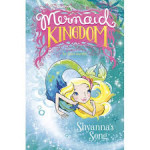
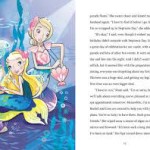
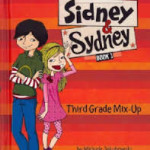
 Should Charlotte Share is a nice character development book. It helps children define what effect their choices may have on others and for themselves. Twenty-four pages in length, each “chapter” addresses a different decision and consequence. The first chapter explains that we make choices every day and that the choices we make have effects or consequences. The next four chapters target a specific behavior. Each behavior is given four pages; first is the scenario, the next two pages show the good and the bad outcome of the decision, the last page asks the reader “What would you do?” and delves deeper into the outcome of good and the bad consequence.
Should Charlotte Share is a nice character development book. It helps children define what effect their choices may have on others and for themselves. Twenty-four pages in length, each “chapter” addresses a different decision and consequence. The first chapter explains that we make choices every day and that the choices we make have effects or consequences. The next four chapters target a specific behavior. Each behavior is given four pages; first is the scenario, the next two pages show the good and the bad outcome of the decision, the last page asks the reader “What would you do?” and delves deeper into the outcome of good and the bad consequence.

